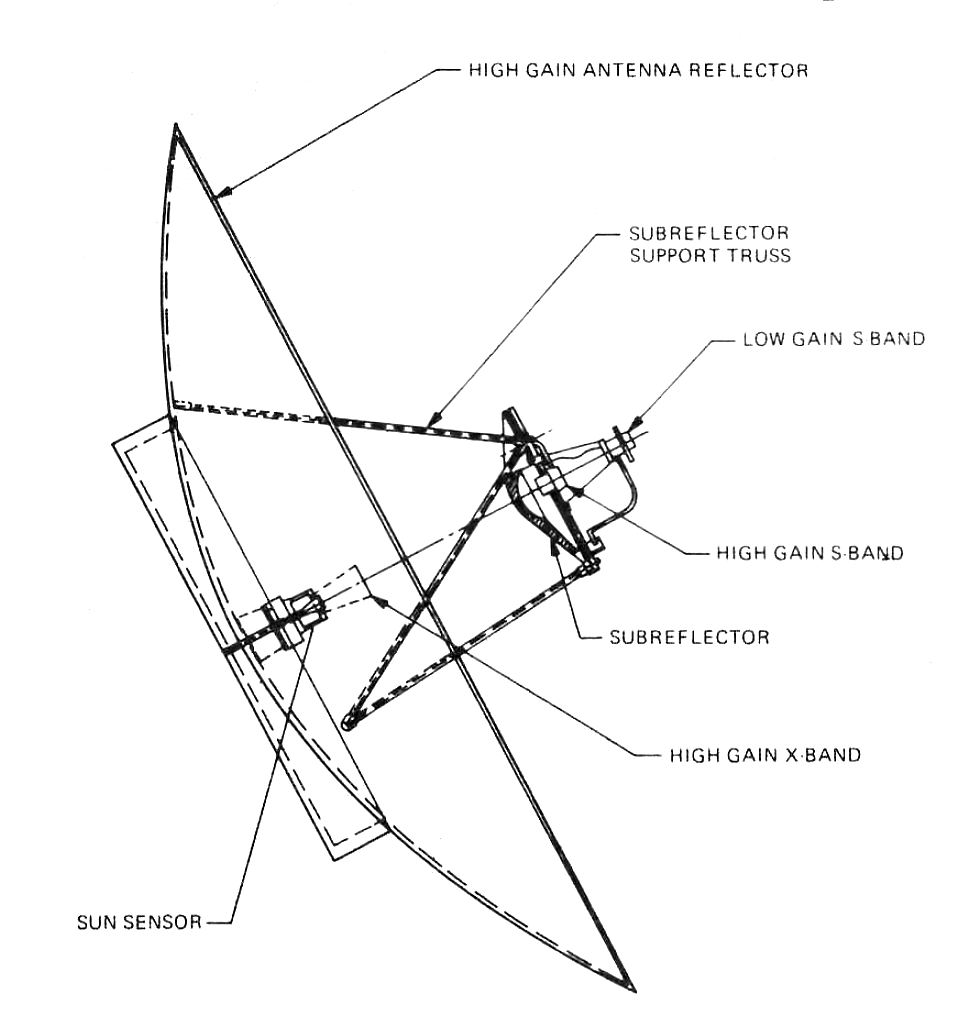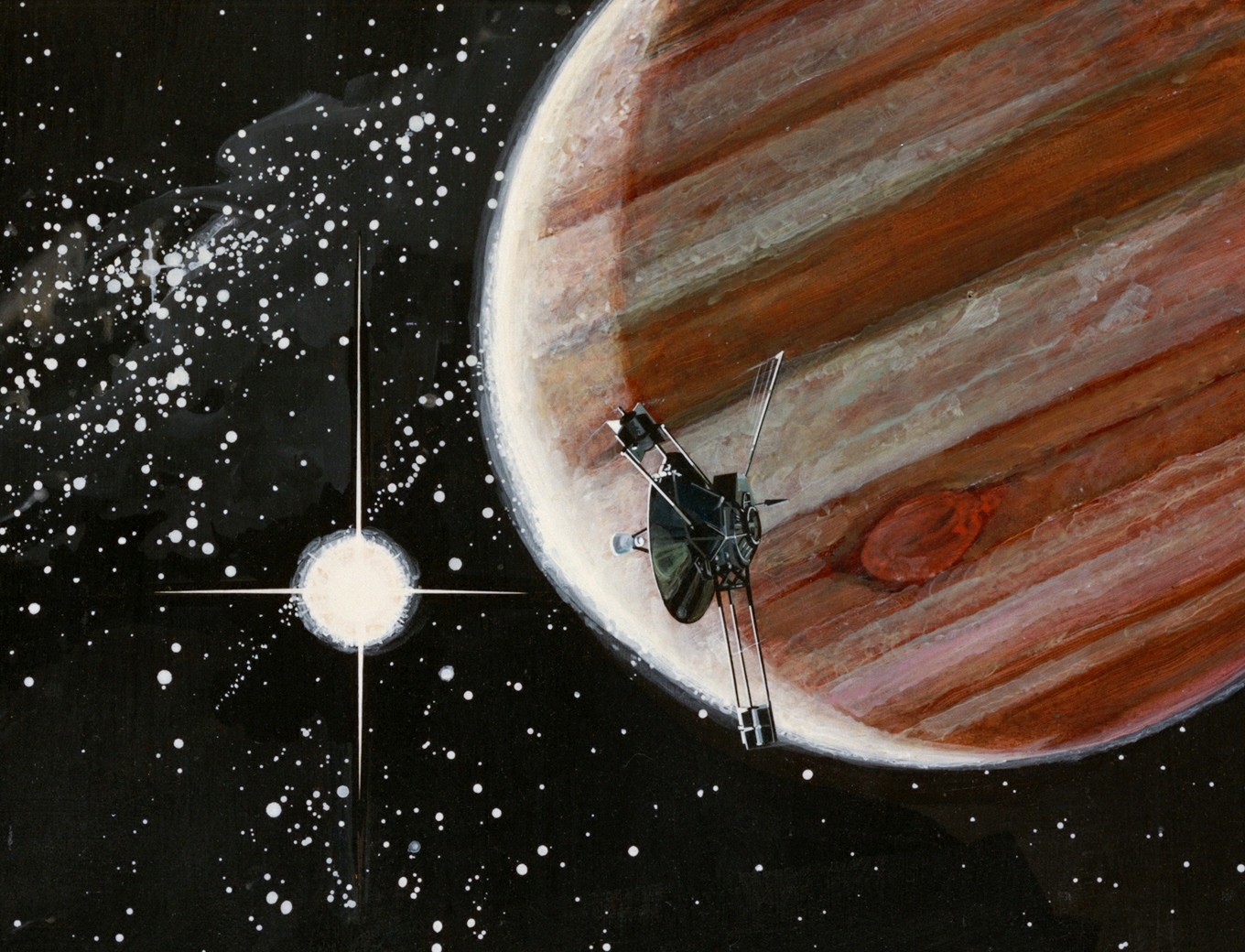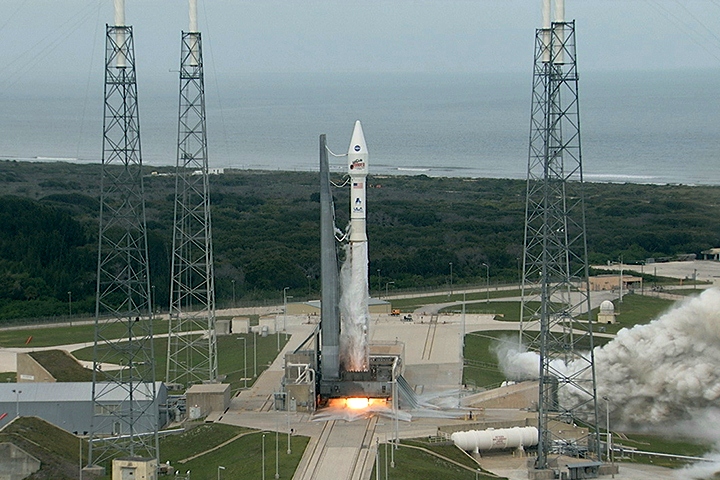|
Forbush Decrease
A Forbush decrease is a rapid decrease in the observed galactic cosmic ray intensity following a coronal mass ejection (CME). It occurs due to the magnetic field of the plasma solar wind sweeping some of the galactic cosmic rays away from Earth. The term ''Forbush decrease'' was named after the American physicist Scott E. Forbush, who studied cosmic rays in the 1930s and 1940s. Observation The Forbush decrease is usually observable by particle detectors on Earth within a few days after the CME, and the decrease takes place over the course of a few hours. Over the following several days, the galactic cosmic ray intensity returns to normal. Forbush decreases have also been observed by humans on ''Mir'' and the International Space Station (ISS), at other locations in the inner heliosphere such as the Solar Orbiter spacecraft, and at Mars with the Mars Science Laboratory rover's Radiation assessment detector and the MAVEN orbiter, as well as in the outer solar system by instrument ... [...More Info...] [...Related Items...] OR: [Wikipedia] [Google] [Baidu] |
Galactic Cosmic Ray
Cosmic rays are high-energy particles or clusters of particles (primarily represented by protons or atomic nuclei) that move through space at nearly the speed of light. They originate from the Sun, from outside of the Solar System in our own galaxy, and from distant galaxies. Upon impact with Atmosphere of Earth, Earth's atmosphere, cosmic rays produce air shower (physics), showers of secondary particles, some of which reach the Earth's surface, surface, although the bulk is deflected off into space by the Earth's magnetic field, magnetosphere or the heliosphere. Cosmic rays were discovered by Victor Francis Hess, Victor Hess in 1912 in balloon experiments, for which he was awarded the 1936 Nobel Prize in Physics. Direct measurement of cosmic rays, especially at lower energies, has been possible since the launch of the first satellites in the late 1950s. Particle detectors similar to those used in nuclear and high-energy physics are used on satellites and space probes for re ... [...More Info...] [...Related Items...] OR: [Wikipedia] [Google] [Baidu] |
Radiation Assessment Detector
The Radiation Assessment Detector (RAD) is an instrument mounted on the Mars Science Laboratory ''Curiosity'' rover. It was the first of ten instruments to be turned on during the mission. Purpose The first role of RAD was to characterize the broad spectrum of radiation environment found inside the spacecraft during the cruise phase. These measurements have never been done before from the inside of a spacecraft in interplanetary space. Its primary purpose is to determine the viability and shielding needs for potential human travelers on a human mission to Mars, as well as to characterize the radiation environment on the surface of Mars, which it started doing immediately after MSL landed in August 2012. Turned on after launch, the RAD recorded several radiation spikes caused by the Sun. RAD is funded by the Exploration Systems Mission Directorate at NASA Headquarters and Germany's Space Agency (DLR), and developed by the Southwest Research Institute (SwRI) and the extraterrestr ... [...More Info...] [...Related Items...] OR: [Wikipedia] [Google] [Baidu] |
Ionizing Radiation
Ionizing radiation (or ionising radiation), including nuclear radiation, consists of subatomic particles or electromagnetic waves that have sufficient energy to ionize atoms or molecules by detaching electrons from them. Some particles can travel up to 99% of the speed of light, and the electromagnetic waves are on the high-energy portion of the electromagnetic spectrum. Gamma rays, X-rays, and the higher energy ultraviolet part of the electromagnetic spectrum are ionizing radiation, whereas the lower energy ultraviolet, visible light, nearly all types of laser light, infrared, microwaves, and radio waves are non-ionizing radiation. The boundary between ionizing and non-ionizing radiation in the ultraviolet area is not sharply defined, as different molecules and atoms ionize at different energies. The energy of ionizing radiation starts between 10 electronvolts (eV) and 33 eV. Typical ionizing subatomic particles include alpha particles, beta particles, and neutrons. ... [...More Info...] [...Related Items...] OR: [Wikipedia] [Google] [Baidu] |
Geophys
Geophysics () is a subject of natural science concerned with the physical processes and physical properties of the Earth and its surrounding space environment, and the use of quantitative methods for their analysis. The term ''geophysics'' sometimes refers only to solid earth applications: Earth's shape; its gravitational and magnetic fields; its internal structure and composition; its dynamics and their surface expression in plate tectonics, the generation of magmas, volcanism and rock formation. However, modern geophysics organizations and pure scientists use a broader definition that includes the water cycle including snow and ice; fluid dynamics of the oceans and the atmosphere; electricity and magnetism in the ionosphere and magnetosphere and solar-terrestrial physics; and analogous problems associated with the Moon and other planets. Gutenberg, B., 1929, Lehrbuch der Geophysik. Leipzig. Berlin (Gebruder Borntraeger). Runcorn, S.K, (editor-in-chief), 1967, International d ... [...More Info...] [...Related Items...] OR: [Wikipedia] [Google] [Baidu] |
Solar Minimum
Solar minimum is the regular period of least solar activity in the Sun's 11-year solar cycle. During solar minimum, sunspot and solar flare activity diminishes, and often does not occur for days at a time. On average, the solar cycle takes about 11 years to go from one solar minimum to the next, with duration observed varying from 9 to 14 years. The date of the minimum is described by a smoothed average over 12 months of sunspot activity, so identifying the date of the solar minimum usually can only happen 6 months after the minimum takes place. Solar minimum is contrasted with the solar maximum, when hundreds of sunspots may occur. Solar minimum and solar maximum Solar minima and maxima are the two extremes of the Sun's 11-year and 400-year activity cycle. At a maximum, the Sun is peppered with sunspots, solar flares erupt, and the Sun hurls billion-ton clouds of electrified gas into space. Sky watchers may see more auroras, and space agencies must monitor radiation storms for ... [...More Info...] [...Related Items...] OR: [Wikipedia] [Google] [Baidu] |
Sunspot
Sunspots are phenomena on the Sun's photosphere that appear as temporary spots that are darker than the surrounding areas. They are regions of reduced surface temperature caused by concentrations of magnetic flux that inhibit convection. Sunspots appear within active regions, usually in pairs of opposite magnetic polarity. Their number varies according to the approximately 11-year solar cycle. Individual sunspots or groups of sunspots may last anywhere from a few days to a few months, but eventually decay. Sunspots expand and contract as they move across the surface of the Sun, with diameters ranging from to . Larger sunspots can be visible from Earth without the aid of a telescope. They may travel at relative speeds, or proper motions, of a few hundred meters per second when they first emerge. Indicating intense magnetic activity, sunspots accompany other active region phenomena such as coronal loops, prominences, and reconnection events. Most solar flares and coronal mas ... [...More Info...] [...Related Items...] OR: [Wikipedia] [Google] [Baidu] |
Neptune
Neptune is the eighth planet from the Sun and the farthest known planet in the Solar System. It is the fourth-largest planet in the Solar System by diameter, the third-most-massive planet, and the densest giant planet. It is 17 times the mass of Earth, and slightly more massive than its near-twin Uranus. Neptune is denser and physically smaller than Uranus because its greater mass causes more gravitational compression of its atmosphere. It is referred to as one of the solar system's two ice giant planets (the other one being Uranus). Being composed primarily of gases and liquids, it has no well-defined "solid surface". The planet orbits the Sun once every 164.8 julian year (astronomy), years at an average distance of . It is named after the Neptune (mythology), Roman god of the sea and has the astronomical symbol , representing Neptune's trident. Neptune is not visible to the unaided eye and is the only planet in the Solar System found by mathematical prediction ... [...More Info...] [...Related Items...] OR: [Wikipedia] [Google] [Baidu] |
Voyager 2
''Voyager 2'' is a space probe launched by NASA on August 20, 1977, to study the outer planets and interstellar space beyond the Sun's heliosphere. As a part of the Voyager program, it was launched 16 days before its twin, ''Voyager 1'', on a trajectory that took longer to reach gas giants Jupiter and Saturn but enabled further encounters with ice giants Uranus and Neptune. ''Voyager 2'' remains the only spacecraft to have visited either of the ice giant planets. ''Voyager 2'' was the fourth of five spacecraft to achieve Solar escape velocity, which allowed it to leave the Solar System. ''Voyager 2'' successfully fulfilled its primary mission of visiting the Jovian system in 1979, the Saturnian system in 1981, Uranian system in 1986, and the Neptunian system in 1989. The spacecraft is now in its extended mission of studying interstellar space. It has been operating for as of ; , it has reached a distance of from Earth. The probe entered interstellar space on November 5, 2 ... [...More Info...] [...Related Items...] OR: [Wikipedia] [Google] [Baidu] |
Voyager 1
''Voyager 1'' is a space probe launched by NASA on September 5, 1977, as part of the Voyager program to study the outer Solar System and interstellar space beyond the Sun's heliosphere. Launched 16 days after its twin ''Voyager 2'', ''Voyager 1'' has been operating for as of . It communicates through NASA's Deep Space Network to receive routine commands and to transmit data to Earth. Real-time distance and velocity data is provided by NASA and JPL. At a distance of from Earth , it is the most distant human-made object from Earth. The probe made flybys of Jupiter, Saturn, and Saturn's largest moon, Titan. NASA had a choice of either doing a Pluto or Titan flyby; exploration of the moon took priority because it was known to have a substantial atmosphere. ''Voyager 1'' studied the weather, magnetic fields, and rings of the two gas giants and was the first probe to provide detailed images of their moons. As part of the Voyager program and like its sister craft ''Voyager ... [...More Info...] [...Related Items...] OR: [Wikipedia] [Google] [Baidu] |
Pioneer 11
''Pioneer 11'' (also known as ''Pioneer G'') is a robotic space probe launched by NASA on April 5, 1973, to study the asteroid belt, the environment around Jupiter and Saturn, solar winds, and cosmic rays. It was the first probe to encounter Saturn, the second to fly through the asteroid belt, and the second to fly by Jupiter. Later, ''Pioneer 11'' became the second of five artificial objects to achieve an escape velocity allowing it to leave the Solar System. Due to power constraints and the vast distance to the probe, the last routine contact with the spacecraft was on September 30, 1995, and the last good engineering data was received on November 24, 1995. Mission background History Approved in February 1969, ''Pioneer 11'' and its twin probe, ''Pioneer 10'', were the first to be designed for exploring the outer Solar System. Yielding to multiple proposals throughout the 1960s, early mission objectives were defined as: * Explore the interplanetary medium beyond the orbit ... [...More Info...] [...Related Items...] OR: [Wikipedia] [Google] [Baidu] |
Pioneer 10
''Pioneer 10'' (originally designated Pioneer F) is an American space probe, launched in 1972 and weighing , that completed the first mission to the planet Jupiter. Thereafter, ''Pioneer 10'' became the first of five artificial objects to achieve the escape velocity needed to leave the Solar System. This space exploration project was conducted by the NASA Ames Research Center in California. The space probe was manufactured by TRW Inc. ''Pioneer 10'' was assembled around a hexagonal bus with a diameter parabolic dish high-gain antenna, and the spacecraft was spin stabilized around the axis of the antenna. Its electric power was supplied by four radioisotope thermoelectric generators that provided a combined 155 watts at launch. It was launched on March 3, 1972, at 01:49:00 UTC (March 2 local time), by an Atlas-Centaur expendable vehicle from Cape Canaveral, Florida. Between July 15, 1972, and February 15, 1973, it became the first spacecraft to traverse the asteroid belt. ... [...More Info...] [...Related Items...] OR: [Wikipedia] [Google] [Baidu] |
MAVEN
MAVEN is an American spacecraft orbiting Mars to study the loss of its atmospheric gases to space, providing insight into the history of the planet's climate and water. The spacecraft name is an acronym for "Mars Atmosphere and Volatile Evolution" and also a word that means "a person who has special knowledge or experience; an expert". MAVEN was launched on an Atlas V rocket from Cape Canaveral Air Force Station, Florida, on 18 November 2013 UTC and went into orbit around Mars on 22 September 2014 UTC. The mission is the first by NASA to study the Mars atmosphere. The probe is analyzing the planet's upper atmosphere and ionosphere to examine how and at what rate the solar wind is stripping away volatile compounds. The principal investigator for the mission is Shannon Curry at the University of California, Berkeley. She took over from Bruce Jakosky of the Laboratory for Atmospheric and Space Physics at the University of Colorado Boulder, who proposed and led the mission unt ... [...More Info...] [...Related Items...] OR: [Wikipedia] [Google] [Baidu] |
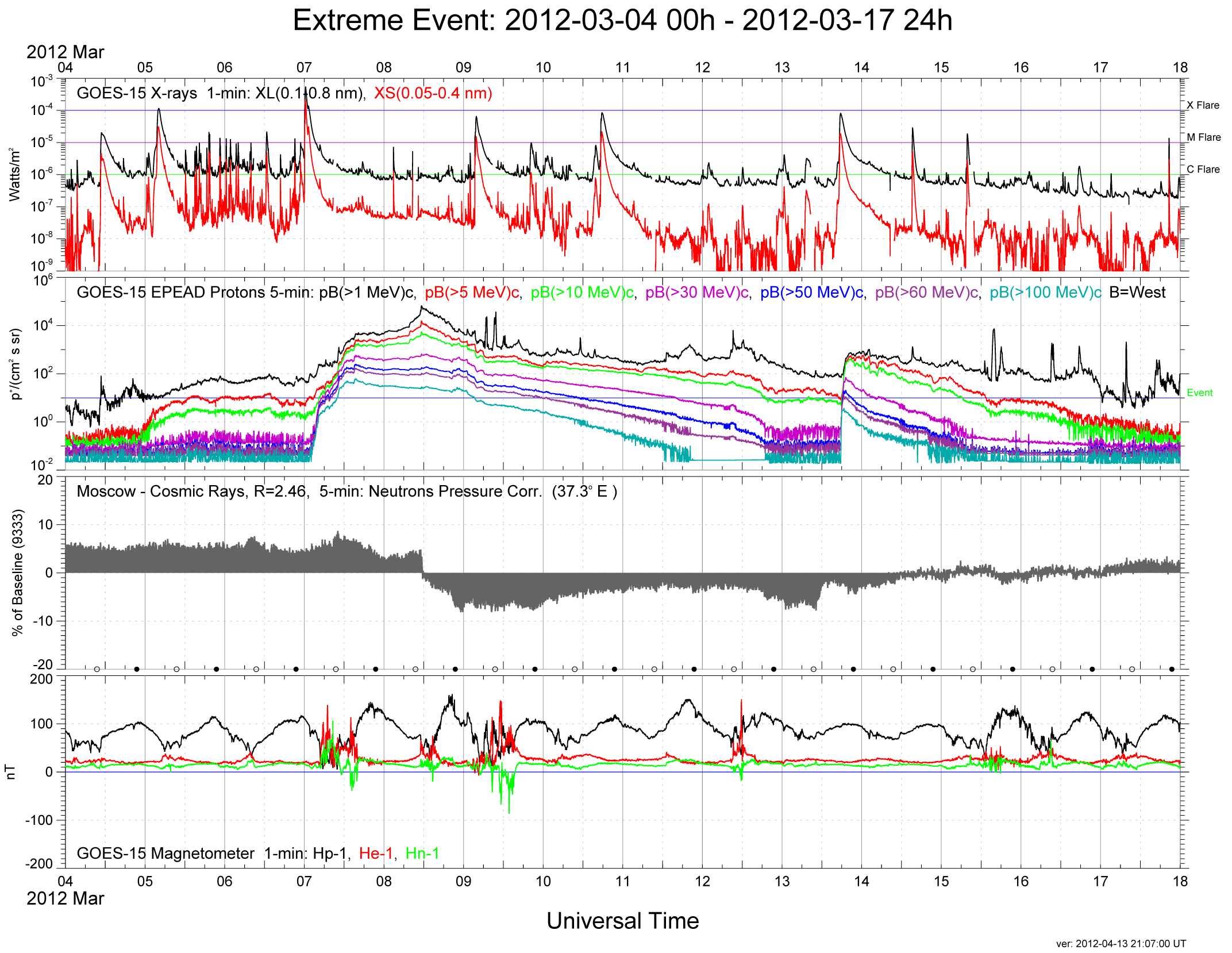


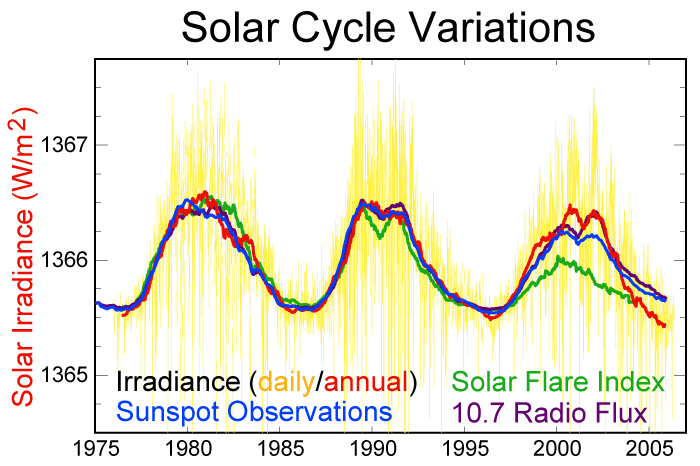
_2007-04-30_T001456.gif)

